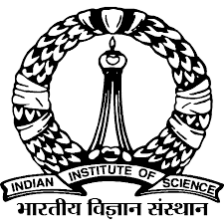Insights into protein structure and stability from saturation mutagenesis
We use a combination of saturation mutagenesis, saturation suppressor mutagenesis and deep sequencing to elucidate sequence-structure-function relationships, stabilize proteins and to guide protein structure prediction. In this approach, libraries are created in which each residue in the protein (or a subset) is mutated to every other residue. The resulting libraries are screened, often by using yeast surface display, and deep sequencing at various stages to measure the relative enrichment of each mutant. This information provides important insights into the contribution of individual residues to the property being screened. The lab has also developed methodology for specific activation of bacterial toxin-antitoxin systems in vivo and has studied their contribution to bacterial persistence. In recent collaborative work with the labs of Profs Jayanta Chatterjee and Dipshikha Chakraborty at IISc, we identified a CcdB toxin derived peptide that protects mice against infection with various drug resistant pathogenic bacteria and also validates a new site on DNA Gyrase as a potential drug target.
